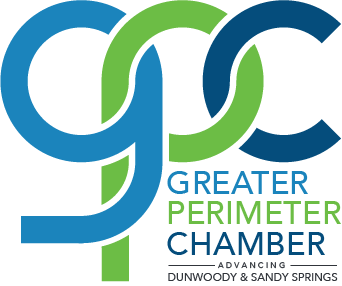Do You Really Know Your Numbers?
Do You Really Know Your Numbers?
Josh GardnerDirector of Client Accounting & Advisory Services @ Symphona | Helping small business owners get control of their finances
If you’ve ever wondered whether your books are even right… if you’ve felt like you’re guessing at margins or worried you might be bleeding cash without realizing it — you’re not alone.
What most business owners are really missing is a clear picture of their profit and loss statement. Your P&L should tell the story of your business: what it costs to deliver your service, what it takes to keep the lights on, and what’s left at the end of the day. But too often, those numbers feel messy or unreliable.
That’s where a simple framework like the 50/30/20 principle can give you clarity and a healthy benchmark for where your dollars should be going.
The 50/30/20 Principle
Over the years, I’ve found that most business owners don’t need 14 different financial ratios. They just need a clear, simple way to measure if the business is healthy. That’s why I often start with the 50/30/20 principle:
- 50% → direct costs: the costs tied directly to delivering your service or product. For service businesses, this usually includes labor for people working directly with clients, subcontractors, and materials or supplies used in the work. For product businesses, it also covers inventory, shipping, and anything else required to get your product into a customer’s hands.
- 30% → overhead: rent, software, admin, sales/marketing, payroll support — plus your salary as the CEO.
- 20% → profit: the return you get as the owner, above and beyond your salary as an employee.
The point isn’t perfection. The point is that this gives you a clear starting place to begin understanding your numbers and structuring your profit and loss in a way that highlights whether you’re on track.
Once you have visibility, you can make adjustments based on your reality.
Why It Matters
Without this clarity, business owners tell me they feel like they’re:
- One step behind on cash flow.
- Unsure if pricing is really covering costs.
- Always worried about a hidden expense, a tax bill, or a missed invoice.
The Challenge for You
Before this year ends, set a budget for 2026.
-
Start with your sales projections.
-
Map out your expenses using the 50/30/20 principle as a guide.
-
Commit to reviewing actuals vs. budget each month next year.
And here’s the key: make it a rhythm. Put it on your calendar. Treat it like a non-negotiable 30-minute meeting each month. Better yet — invite your CPA or financial advisor to join you.
It doesn’t have to be complicated, but when it’s consistent, it makes all the difference. A simple monthly rhythm of looking at your numbers will shift you from reactive to proactive, and from second-guessing to confident decision-making.
Final Thought
Your business doesn’t have to feel fragile. You don’t have to wonder if you’re missing something.
When you know your numbers, you control your business — instead of your business controlling you.
Want to Work With Us?
If this feels like where you’re at — second-guessing, reacting, and tired of surprises — that’s exactly why I do what I do.
I help owner-led service businesses build a virtual back-office accounting system that actually works. That means clean books, reliable systems, and a monthly rhythm you can trust.
And beyond that, I serve as your Virtual CFO — helping you budget, forecast, and make confident decisions about growth, hiring, and profitability.
I’m not here to drown you in spreadsheets. I’m here to give you peace of mind, structure, and clarity — so you can lead with confidence and build a business that feels like a well-oiled machine.
If you’d like to see what that could look like for your business, just hit reply or grab a time on my calendar Book Time with Josh Gardner, CPA.
About Me
I’m Josh Gardner, CPA, and I lead the Client Accounting & Advisory Services practice at Symphona. With 15 years of experience working with entrepreneurs and small businesses, I’ve seen what works (and what doesn’t) when it comes to scaling profitably. My focus is helping owner-led businesses move from chaos and uncertainty to clarity and confidence — by building systems they can rely on.
Symphona - Accounting & Technology
-
Josh Gardner, CPA Partner, Service Line Leader
- October 10, 2025
- (478) 353-1736
- Send Email


